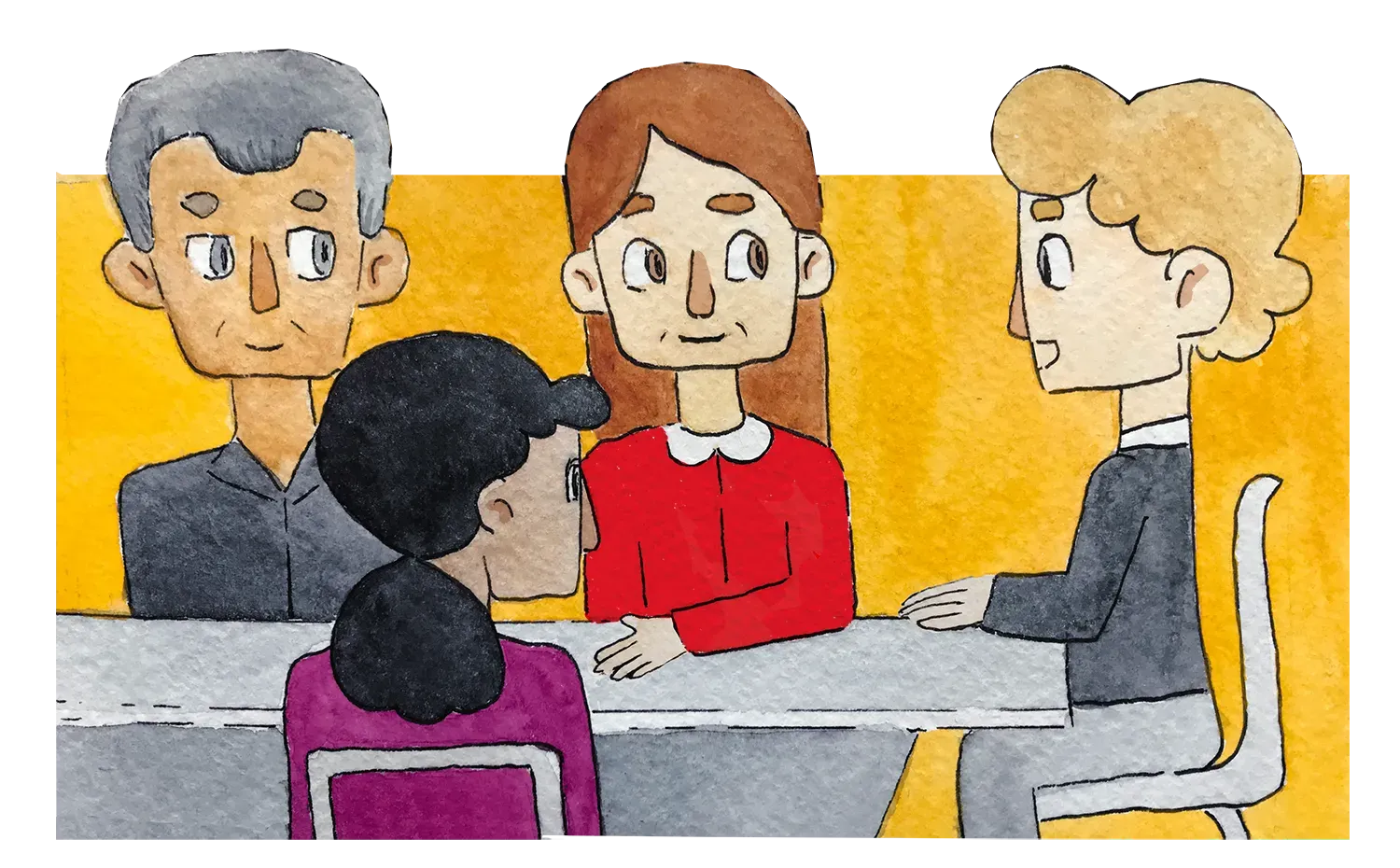From Boring to Brilliant: Designing Breakouts That Actually Work

Every year, companies invest thousands—sometimes millions—into their Sales Kick-Off (SKO) events. Big stages, bold strategy announcements, and plenty of hype. But ask most reps what they remember a week later, and the answer is usually something about how their flight was delayed, or the drama where HR had to get involved.
The strategy? Let’s just say that’s hardly ever mentioned. The reason? A poorly designed agenda with boring breakout sessions.
Breakouts during an SKO are supposed to be where the rubber meets the road—where strategy becomes personal, where people actually talk, and where the event gets real. It’s during the breakouts that the organization has the opportunity to make the strategy actionable for each and every role represented at SKO. If done right, this leads to learning, reflection, and further conversation… a true testament to the power of a well-executed SKO. But in too many SKOs (and other types of internal conferences and retreats), breakouts fall flat. Here’s why:
- It was just another presentation.
They promised interaction. Instead, we got another slide deck. Breakouts should be a change of pace—not a smaller, quieter main stage. Think of the folks in the room as participants, not audience members. They should be asked to do something! - The content didn’t apply to me.
Too often, sessions are designed for the “average” rep. But the truth is, there’s no such thing. What works for an enterprise AE doesn’t help an onboarding CSM, and if you’ve also got Product and Enablement in the room, now the messaging is even less relevant. Breakouts are your opportunity to split into smaller groups and tailor your messaging appropriately. - The facilitator didn’t engage us.
Even with the right intent, many breakouts stall because the person leading the session isn’t a skilled facilitator. Breakouts are the perfect moment to ask the folks with facilitation skills to take on a role, even if they aren’t the “leader.” Someone who has experience facilitating will make sure to warm up the room so silences are inviting, not awkward, and people feel safe enough to be candid. - We didn’t have enough time.
Sessions start late. Activities are crammed. No one gets to reflect or share meaningfully. It's a rush job, and it shows. This is all too obvious when agendas are dictated by a committee that doesn’t have shared goals in mind. There’s a sense that everything needs to fit into the agenda without consideration for how to give each piece the time and space it deserves. Learn how to say “No” to some things so that you can “Yes” to the content and activities that serve your SKO goals. This will enable you to craft meaningful breakouts that connect the dots to the big picture. - Nothing came after.
Even the best discussions die on the vine if there's no follow-up. No notes, no next steps, no link to execution means there will be no impact.
But there’s another way! Great breakouts do exist! Here’s what they do differently:
- Design with empathy.
Start by asking: Who is this for, and what will be most useful for them right now? One-size-fits-all doesn’t work. That means stop thinking about what a leader needs to say, and instead focus on what folks need to hear. Don’t be afraid to split folks into functional or cross-functional groups depending on your goals.. - Make them actually interactive.
Breakouts shouldn’t be a 45-minute speech (or panel discussion) with 15 minutes for questions. It’s about conversation, collaboration, and peer learning. A good rule of thumb is that if anyone is talking—facilitator especially—for more than 5 minutes, your agenda needs another look. The best breakouts will literally throw out the slide deck and projector and instead focus people into discussions with each other. Take advantage of collaborative tools like flip charts and cards and get people active and moving around. - Showcase your skilled facilitators.
Good breakouts feel guided, not forced. That takes thoughtful planning and facilitators who know how to read a room and adjust on the fly. Probably one of the most undervalued skillsets in Corporate America is that of the facilitator. Place your trust in those who have proven their capacity to guide a discussion, make people feel safe, challenge ideas, and invite disagreement. Don’t go with the leaders who are proven to be great presenters (you don’t need your participants listening to yet another talk), or worse, the leaders who simply “have the right title.” If your people are still growing into the skill, invite them to co-lead a session together. - Pace them intentionally.
Leave room for discussion, reflection, and connection. The magic of a breakout is in the moments that aren’t scripted, but these moments need room to breathe. Breakouts can be heavy on mechanics (setting up an activity, bringing people back together after their discussions) that are often neglected from a planning and timing perspective. If someone could “present” the information in 30 minutes, plan for 90 minutes in a breakout to explore the same amount of content, and have a meaningful conversation about it. All of this will make sure you’re not undercutting the interactivity and discussion-based experiential aspects that make breakouts work. - Sustain the learning post-conference.
Planning post-SKO follow-up is yet another layer to great SKO execution. Send the notes. Set up next steps. Link the session to post-SKO learning or team huddles. Make it stick. That means that even before SKO happens, you need to have a plan for how you’ll take the learnings and outcomes from SKO—and especially from the breakouts—and push it further into the fabric of the organization. Team huddles require agendas. New technical learning needs learning modules. A new go-to-market message needs opportunities for reps to practice the messaging in-house… and all these touch points need to be orchestrated seamlessly immediately after the event.
If your SKO breakouts are forgettable, your SKO will be too. But if you get them right? That’s when the energy lasts, the strategy gets traction, and your reps will actually use what they heard on the big stage.
To get you started with planning your breakout sessions, check out these Breakout Design Rules of Thumb.
Recent Posts





